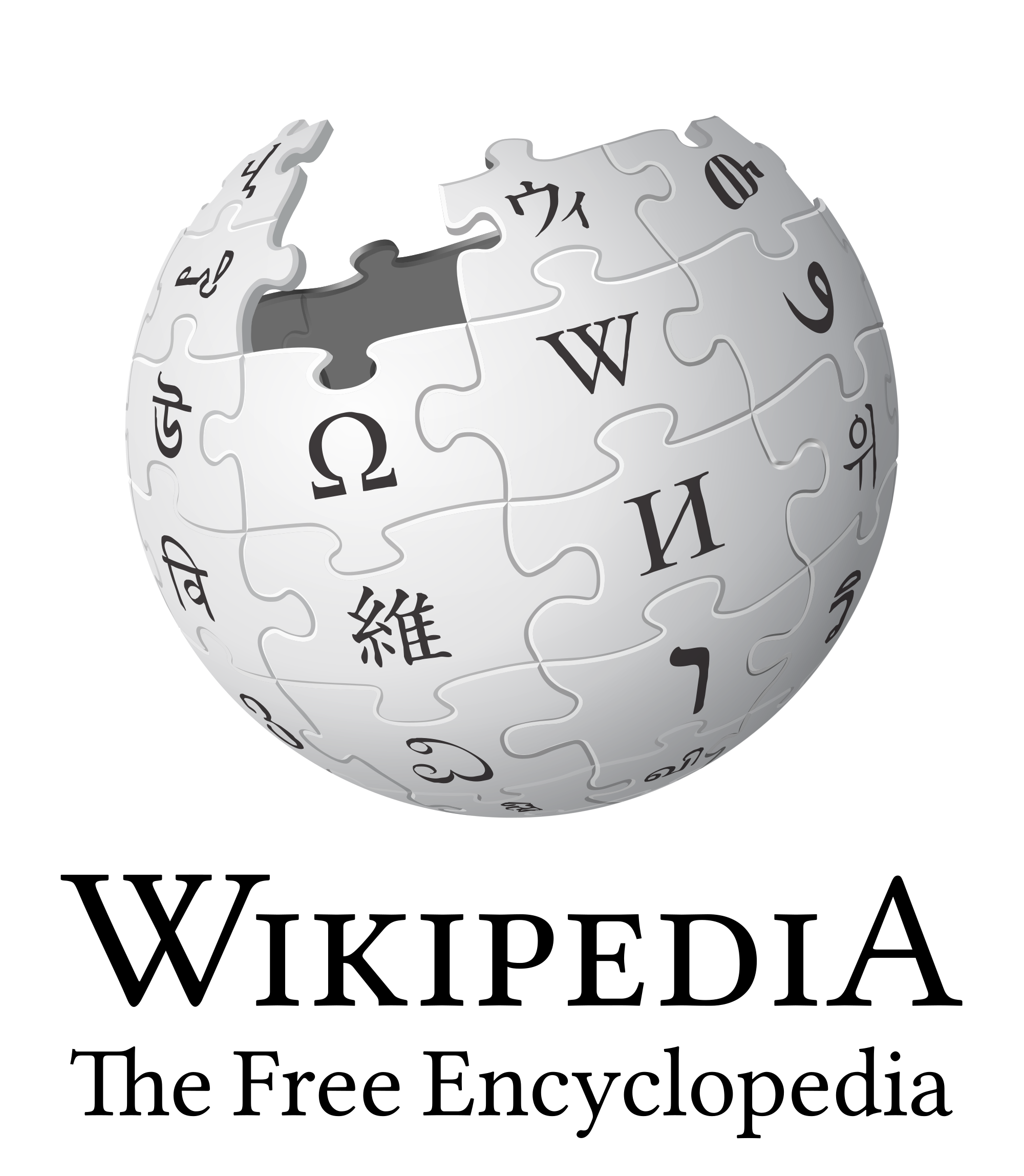 William Shakespeare
William Shakespeare (
26 April 1564 (
baptised) – 23 April 1616)
was an English
poet,
playwright, and actor, widely regarded as the greatest writer in the
English language and the world's pre-eminent dramatist.
He is often called England's
national poet, and the "Bard of Avon".
[3][nb 2] His extant works, including
collaborations, consist of approximately
38 plays,
154 sonnets, two long
narrative poems, and a few other verses, some of uncertain authorship. His plays have been translated into every major
living language and are performed more often than those of any other playwright.
Shakespeare was born and brought up in
Stratford-upon-Avon,
Warwickshire. At the age of 18, he married
Anne Hathaway, with whom he had three children:
Susanna, and twins
Hamnet and
Judith. Sometime between 1585 and 1592, he began a successful career in London as an actor, writer, and part-owner of a
playing company called the
Lord Chamberlain's Men, later known as the
King's Men.
He appears to have retired to Stratford around 1613, at age 49, where
he died three years later. Few records of Shakespeare's private life
survive, which has stimulated considerable speculation about such
matters as
his physical appearance,
sexuality,
and religious beliefs, and whether the works attributed to him were
written by others.
Shakespeare produced most of his known work between 1589 and 1613.
His early plays were primarily
comedies and
histories, and these are regarded as some of the best work ever produced in these genres. He then wrote mainly
tragedies until about 1608, including
Hamlet,
Othello,
King Lear, and
Macbeth, considered some of the finest works in the English language.
In his last phase, he wrote
tragicomedies, also known as
romances, and collaborated with other playwrights.
Many of his plays were published in editions of varying quality and accuracy during his lifetime. In 1623, however,
John Heminges and
Henry Condell, two friends and fellow actors of Shakespeare, published a more definitive text known as the
First Folio, a posthumous collected edition of his dramatic works that included all but two of the plays now recognised as Shakespeare's.
It was prefaced with a poem by
Ben Jonson, in which Shakespeare is hailed, presciently, as "not of an age, but for all time".
In the 20th and 21st centuries, his works have been repeatedly adapted
and rediscovered by new movements in scholarship and performance. His
plays remain highly popular, and are constantly studied, performed, and
reinterpreted in diverse cultural and political contexts throughout the
world.
In 2016, celebrations will commence in the United Kingdom and across the world to honour The Bard's 400th anniversary.
https://en.wikipedia.org/wiki/William_Shakespeare



















